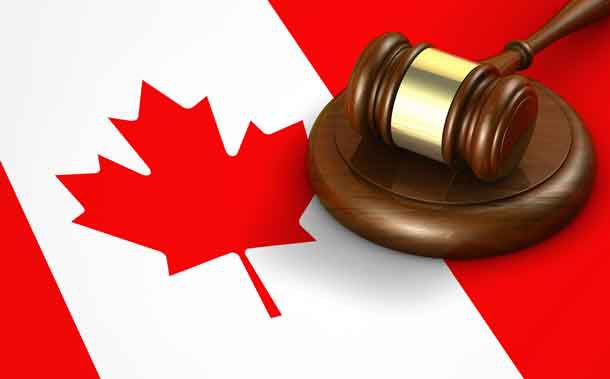OTTAWA, TRADITIONAL ALGONQUIN TERRITORY, ON – In recent days and weeks, we have seen an increase of new cases across the country, including in Indigenous communities. This trend is going in the wrong direction. While we had some success in flattening the curve these past few months, the recent increase in numbers serves as important reminders that COVID-19 is still here, and will be with us for some time to come. We are still in a global pandemic and we must remain vigilant.
Since the beginning of the pandemic, Indigenous individuals, communities, and partners have come together, made sacrifices, and done their part to prevent, respond, and limit the spread of the virus. Public health experts have provided important information and advice on COVID-19.
We have seen incredible leadership taken by Indigenous communities. They did not hesitate to take action to protect their families, youth, and elders, and in the end, their actions saved lives. This work must continue. At the same time, the Government of Canada has taken steps to help everyone stay home, keep food on the table, keep their jobs, and to help businesses stay afloat.
The new positive cases observed are primarily related to the movement of individuals, and private gatherings and events. As individuals, we also each have a role to play in helping to keep ourselves, and our loved ones, healthy and safe. After many months of staying home and being vigilant, some may be experiencing pandemic fatigue. This can result in less vigilance when it comes to important practices, like limiting non-essential trips or maintaining physical distancing from those outside our social bubble.
The nature of COVID-19 means that it can take up to 10 days after being exposed to the virus for symptoms to appear. During this time, the virus can easily spread to others. This means that decisions made today could affect families, friends, and communities for weeks to come. We urge everyone to help change the trend by making wise decisions, and following recommended public health measures.
Communities can help to slow the spread of COVID-19 by:
- Limiting the size of group gatherings
- Supporting people at higher risk, such as elders, seniors, those in poor health, or with underlying health conditions, helping them to stay at home and stay safe
- Following the recommended public health guidelines outlined by your province or territory of residence including guidelines on the use of masks in stores, schools, and other public areas
Individuals can help by:
- Avoiding non-essential trips
- Limit the number of people you socialize with, avoid large gatherings
- Maintaining physical distancing of at least 2 arm-lengths (approximately 2 meters or 6 feet)
- Wearing a non-medical mask that covers your nose and mouth when physical distancing is not possible
- Following the recommended public health guidelines outlined by your province or territory of residence, and/or by your community Leadership including guidelines on wearing masks in schools.
As we move into fall and start spending more time indoors, it is also helpful to remember the importance of proper hand hygiene and etiquette to prevent the spread of germs. At this time of year, we are also concerned about influenza. We can reduce the spread of the seasonal flu by following the same practices as with COVID-19. We also know that the annual flu vaccine is the most effective way to prevent the flu and flu-related complications.
While the COVID-19 infection rate for First Nations living on-reserve per 100,000 remains one quarter the rate among other Canadians, there has been a continuous increase of cases reported since the week of August 15th. This is similar to what we are seeing in the general Canadian population.
As of September 17, 2020 Indigenous Services Canada (ISC) is aware of these confirmed cases of COVID-19 for First Nations communities:
- 564 confirmed positive cases of COVID-19
- 49 hospitalizations
- 79 active cases
- 476 recovered cases
- 9 deaths
There are a total of 18 confirmed positive cases in Nunavik, Quebec, and all but one has recovered.
The Government of Canada, along with partners, continues to manage the impacts of the pandemic, while preparing for future waves. This includes taking steps to ensure everyone living in Canada can access future treatment and vaccines. Our country’s recovery from the pandemic will take time. We must continue to be careful, and listen to the advice of our public health experts.







